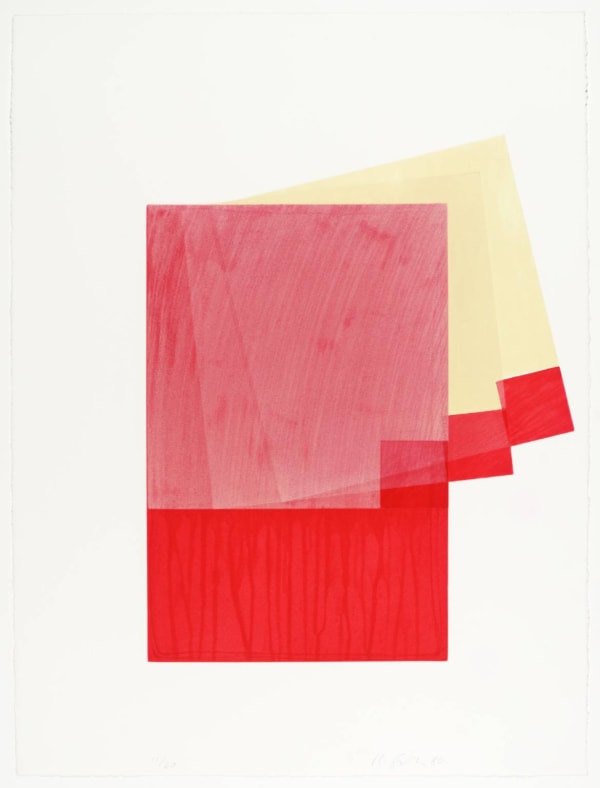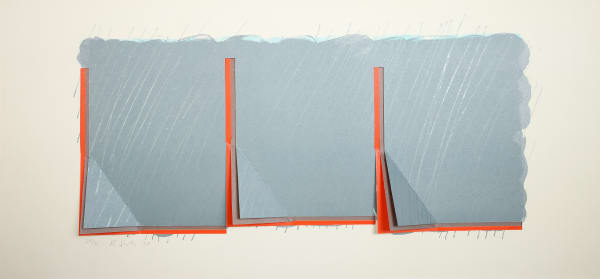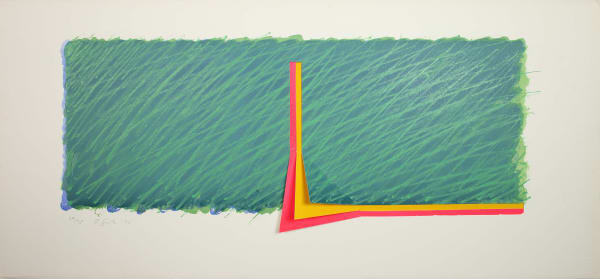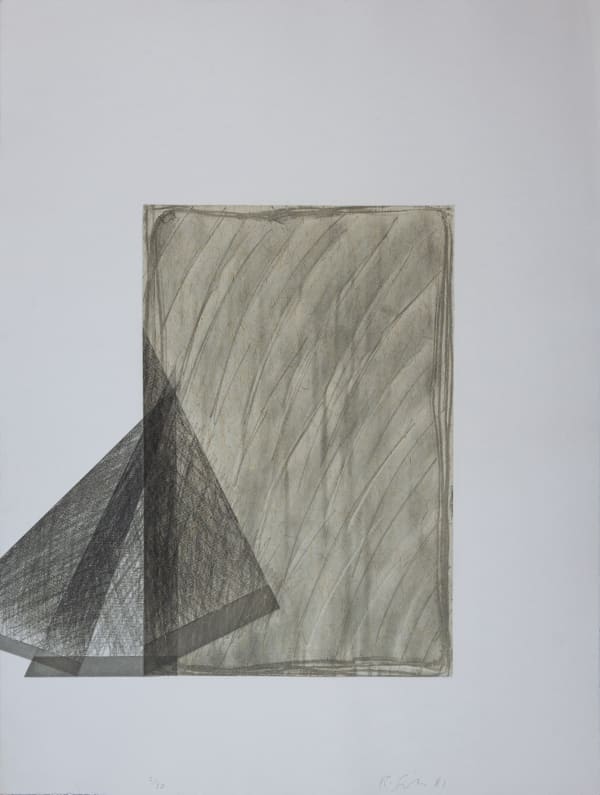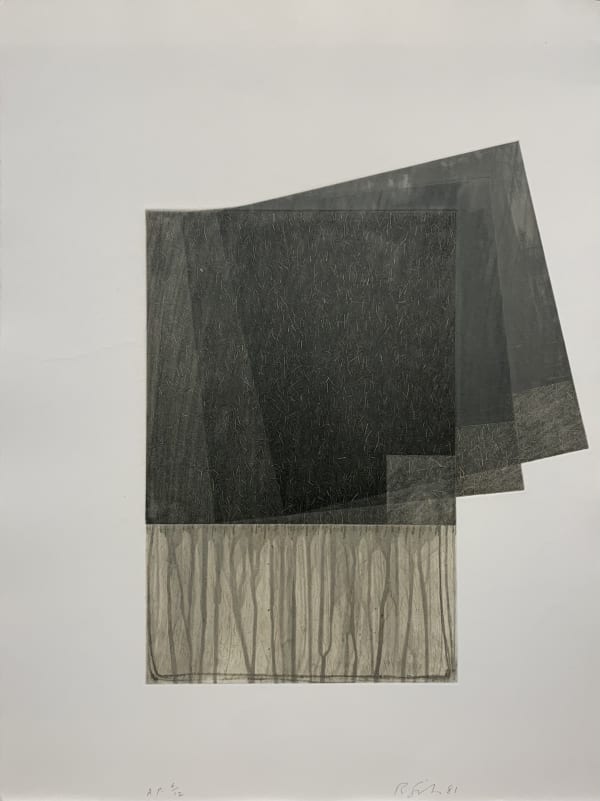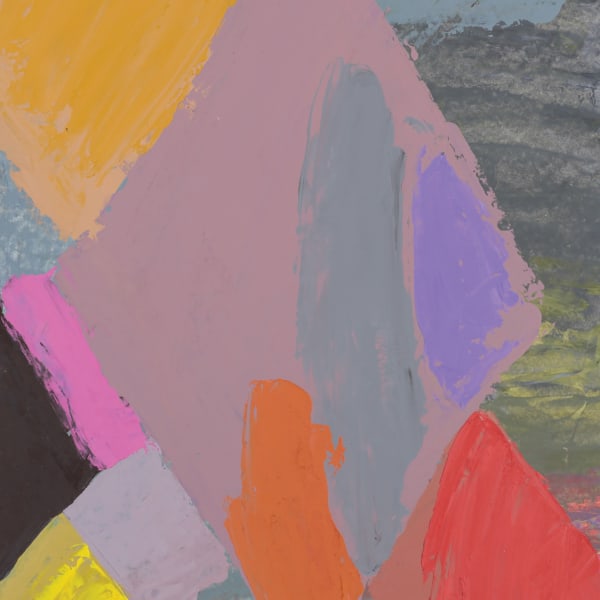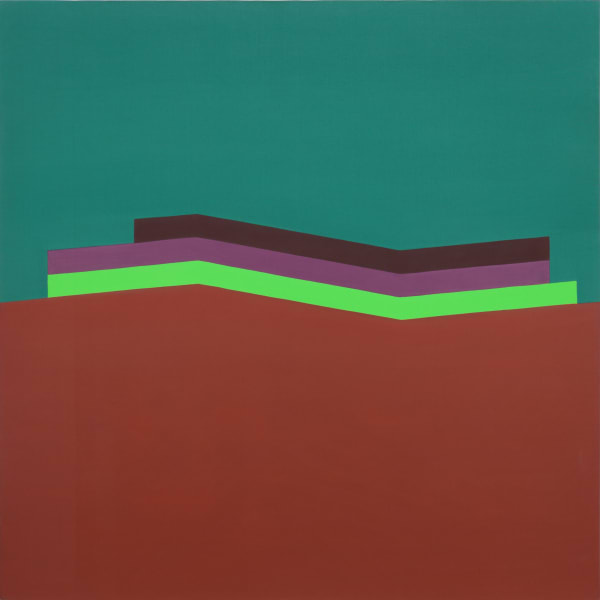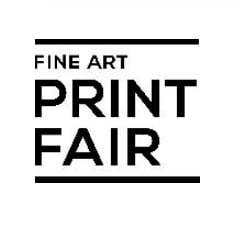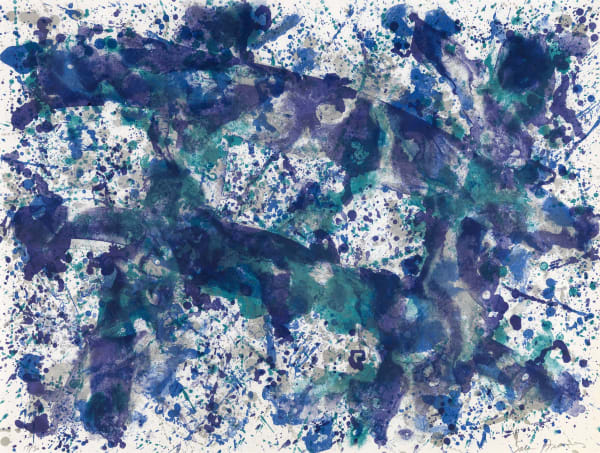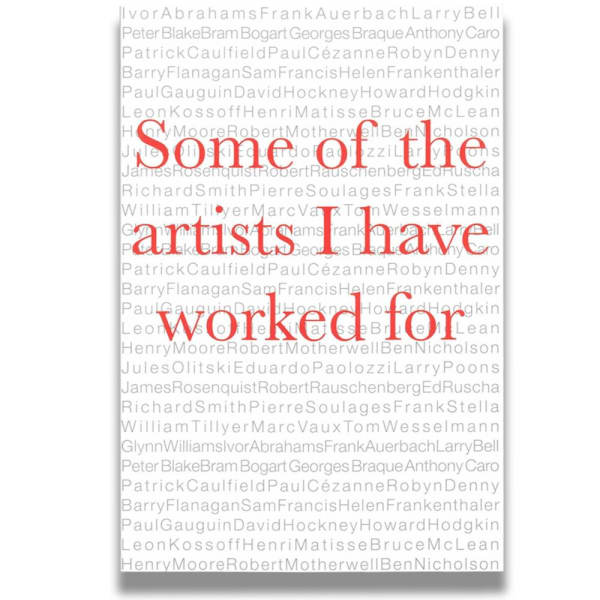Richard Smith
-
Biography
Richard Smith was an English painter and printmaker. He studied at the Royal College of Art from 1954 to 1957 and from 1959 to 1961 lived in New York through a Harkness Fellowship. During his time in New York, Smith produced paintings that combined the formal qualities of the work of American abstract painters with references to American commercial culture - including its lush and seductive colours, its exploitation of magnification and soft-focus effects, and its stimulation of desire and fantasy. Smith's use of shaped canvases sometimes physically extended into space and initially referred to devices used in advertising to promote products and overpower and entice the spectator. Gradually, such direct references were minimised in favour of the largely self-contained abstract qualities of shape, support, colour, and surface. Repetition suggests some response to Minimalism, although he resisted the call to new materials and compared his cutting and folding of canvas to large-scale origami. Bulky constructions such as these were followed from 1972 by paintings using components from tent manufacturing. These paintings focused on the physical constitution of painting as a stretched and suspended surface and played with relationships of colour and shape, drawing and structure. After resettling in New York in 1976, Smith's work evolved into larger-scale architectural decoration, often in response to commissions.
-
Works
-
 Richard SmithDrawing Boards I (red / yellow), 1980Etching
Richard SmithDrawing Boards I (red / yellow), 1980Etching -
 Richard SmithNosegay, 1975Screenprint
Richard SmithNosegay, 1975Screenprint -
 Richard SmithHorizon II (Grey and Orange), 1970Lithograph
Richard SmithHorizon II (Grey and Orange), 1970Lithograph -
 Richard SmithHorizon III (Green, pink, yellow and ochre), 1970Lithograph
Richard SmithHorizon III (Green, pink, yellow and ochre), 1970Lithograph -
 Richard SmithHorizon IV (Beige, blue, green), 1970Lithograph
Richard SmithHorizon IV (Beige, blue, green), 1970Lithograph -
 Richard SmithHorizon V (peach, yellow and green), 1970Lithograph
Richard SmithHorizon V (peach, yellow and green), 1970Lithograph -
 Richard SmithDrop, 1969Screenprint
Richard SmithDrop, 1969Screenprint -
 Richard SmithExit, 1969Screenprint
Richard SmithExit, 1969Screenprint -
Richard SmithSixteen Pieces of Paper, 1969Lithograph
-
 Richard SmithSixteen Pieces of Paper, 1969Lithograph
Richard SmithSixteen Pieces of Paper, 1969Lithograph -
 Richard SmithOn the Bowery, 1964Screenprint
Richard SmithOn the Bowery, 1964Screenprint -
 Richard SmithDrawing Boards II (No.2), 1981Etching and chine collé
Richard SmithDrawing Boards II (No.2), 1981Etching and chine collé -
 Richard SmithDrawing Boards II (No.4), 1981Etching and chine collé
Richard SmithDrawing Boards II (No.4), 1981Etching and chine collé -
 Richard SmithDrawing Boards II (No.5), 1981Etching and chine collé
Richard SmithDrawing Boards II (No.5), 1981Etching and chine collé -
 Richard SmithDrawing Boards I (yellow / black), 1980Etching on paper
Richard SmithDrawing Boards I (yellow / black), 1980Etching on paper -
 Richard SmithParterre, 1975Screenprint on paper
Richard SmithParterre, 1975Screenprint on paper -
 Richard SmithHorizon VI (blue, purple, green), 1970Lithograph on paper
Richard SmithHorizon VI (blue, purple, green), 1970Lithograph on paper
-
-
Exhibitions
-

Denny, Hoyland, Smith, Vaux: On Paper
2 February - 5 March 2022Bernard Jacobson Gallery presents Denny, Hoyland, Smith, Vaux: On Paper, an exhibition of works by Modern British icons Robyn Denny, John Hoyland, Richard Smith and Marc Vaux. Departing from the... -

Prints I published
12 February - 9 March 2019In 1969 Bernard Jacobson began his career as an art dealer, selling and publishing prints by important contemporary artists from a small fourth-floor gallery in London’s Mayfair. For a gallery... -

Prints I wish I had published
11 January - 9 February 2019In 1969 Bernard Jacobson opened his first London gallery – a fourth-floor walk-up on Mount Street, Mayfair, dealing in prints by international stars, including Andy Warhol and Claes Oldenburg, as... -

Some of the artists I have worked for
10 September - 5 October 2019To end the celebrations of the 50th anniversary of the gallery, we are delighted to introduce a selection of works by the artists that helped shaping its success. -

Caro, Denny, Smith, Vaux
2 February - 4 March 2017Bernard Jacobson Gallery is delighted to present its upcoming exhibition Caro, Denny, Smith, Vaux, including works by gallery artists Anthony Caro, Robyn Denny, Richard Smith, and Marc Vaux. The show...
-
-
Art Fairs
-

Art Basel | Basel
14 - 17 June 2012 -

Frieze Masters
17 - 20 October 2013 -

IFPDA Fine Art Print Fair
4 - 8 November 2015 -

London Original Print Fair
5 - 8 May 2016View Artsy Fair Booth -

Draw Art Fair London
17 - 19 May 2019View Artsy Fair Booth -

IFPDA Print Fair
27 - 30 October 2022Bernard Jacobson Gallery is pleased to participate in the 2022 edition of the IFPDA Print Fair at the Javits Center in New York. The gallery will present a selection of...
-
-
Publications


